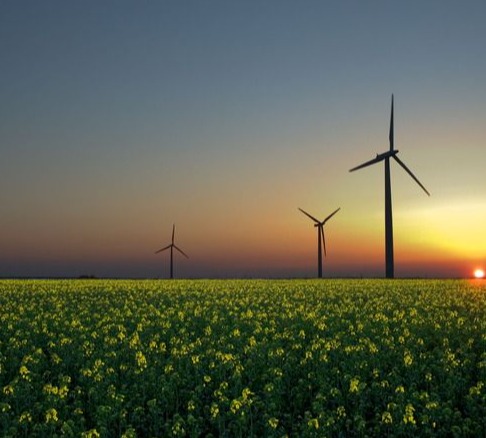Minerals and Natural Resources Sector
The minerals sector plays a vital role in economic development. Pakistan's vast mineral reserves occupy an outcrop area of over six hundred thousand square kilometers. Ninety-two identified minerals, fifty-two commercially mined, produce an annual average of 68.52 million metric tons. The sector has an average annual growth rate of 2 to 3 percent, more than 5 thousand operational mines, 50 thousand small and medium-sized enterprises, and an estimated three hundred thousand direct employees. According to estimates, Pakistan possesses the second-largest salt mines, the fifth-largest copper and gold reserves, the second-largest coal resources, and billions of barrels of crude oil. Despite enormous potential, the mining sector contributes approximately 3 percent of Pakistan's GDP, while the country's exports account for less than 0.1 percent of the global total. In recent years, total mineral exports were 0.5 billion US dollars, compared to 401 billion US dollars for the entire world. The production of Pakistan's mining sector decreased significantly due to a decline in the production of fossil fuels. Crude oil and natural gas production declined by 10.6 and 6.4 percent, respectively (Mineral Sector Plan/Road Map, SMEDA; Planning Commission of Pakistan). The CEPD proposes policies for ineffective mining, inadequate capital resources, legislation encouraging investment in the mining sector, and the mining collateralization mechanism.

